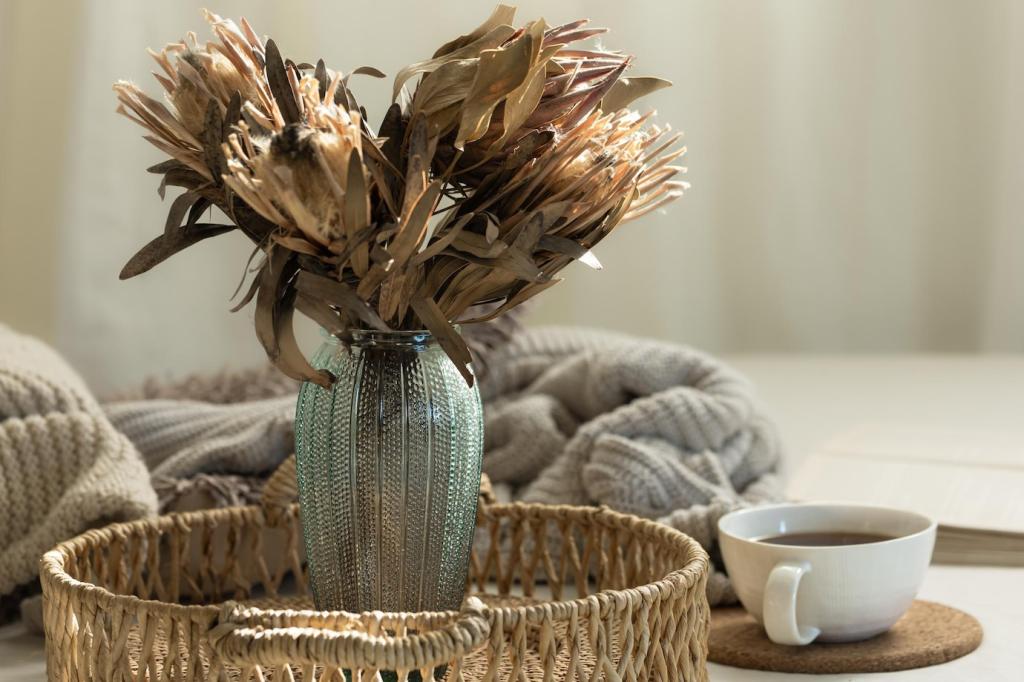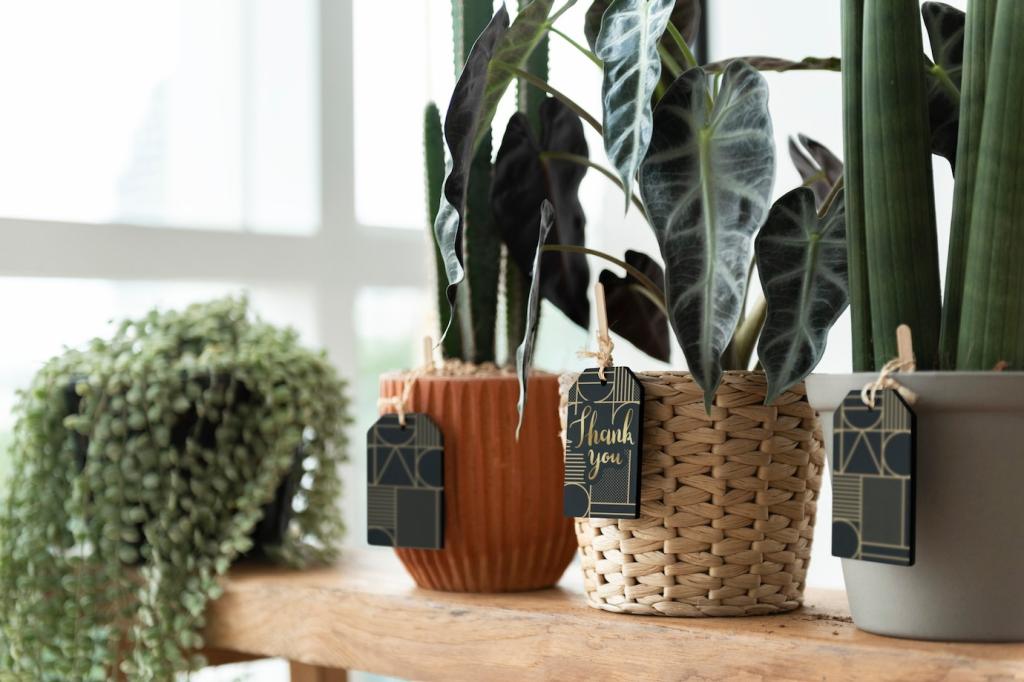Natural Paints and Finishes for a Greener Interior
Chosen theme: Natural Paints and Finishes for a Greener Interior. Breathe easier and design smarter with earth-born colors, plant-based binders, and time-honored finishes that nurture your home and the planet. Join our community, share your questions, and subscribe for weekly low-tox living inspiration.

Volatile organic compounds can off-gas for months, subtly affecting comfort and perceived air quality. Natural paints typically avoid petrochemical solvents, relying on water or plant oils, yet you should still ventilate generously and read transparent technical data sheets.
Why Natural Paints Matter
Lime, clay, chalk, casein, and plant oils form the backbone of many natural coatings. These ingredients create breathable finishes that regulate humidity, diffuse light beautifully, and often age gracefully, developing depth instead of peeling or blistering.
Why Natural Paints Matter
Color Stories Born From Earth
Natural pigments like yellow ochre, Venetian red, and green earth deliver nuanced tones that stay calm in changing light. Their mineral origins give a grounded feel, pairing effortlessly with wood, linen, wool, and other tactile natural materials.
Preparation and Application Techniques
Natural coatings bond best to compatible, clean, and absorbent surfaces. Remove glossy residues, rinse away detergents, repair cracks with mineral fillers, and test a small patch. Breathable primer choices can help unify porosity without sealing walls shut.
Wide natural-bristle brushes, soft limewash brushes, and even sponge blocks create characteristic textures. Work in generous, overlapping passes, keeping a wet edge. Embrace subtle variation—movement is the beauty note that synthetic finishes often polish away.
Lime and clay coatings cure differently than acrylics. Expect longer dry times and evolving tones as water leaves and minerals set. Cross-ventilate gently, avoid forced heat, and let the finish breathe into its final color.

Finishes Beyond Paint
Soap Finish for Silky, Workable Surfaces
A soap finish on softwoods or raw plaster can create a matte, touchable surface that repels minor stains. It is easy to refresh, subtly brightens grains, and keeps materials feeling authentic rather than encased.
Beeswax and Plant Oils on Wood
Beeswax, linseed, and tung oil penetrate and nourish wood, bringing depth and luster without forming a thick film. Wipe off excess, allow proper curing, and maintain with light, regular care rather than harsh refinishing cycles.
Shellac’s Classic Clarity
Derived from natural resin, shellac lends warm clarity to antiques and trim, and it dries quickly. Use dewaxed variants when layering with other finishes, and remember alcohol-based cleanup keeps the process straightforward.
Health, Comfort, and Indoor Air Quality
Choosing for Sensitivities
If you are sensitive to odors, prioritize samples and sniff tests, and examine preservatives as closely as pigments. Many readers report more comfort with mineral-rich paints, good ventilation, and unfragranced formulations that keep scents to a gentle minimum.
A Nursery Makeover With Limewash
One reader limewashed a nursery the month before their baby arrived. They aired the room daily and noticed the absence of that “new paint” smell. The gentle matte walls now cradle nap times with calm, diffuse light.
Evidence and Good Practice
Lower-emitting coatings reduce sources of indoor air pollutants, especially during curing. Still, best results come from good ventilation, dust control, and mindful cleaning. Share your practices below so others can learn from real-world experiences.

Sourcing, Budgeting, and DIY Confidence
Natural paints often have excellent coverage, but textures and absorbency vary. Calculate square footage, add a contingency, and note that two thinner coats usually outperform one thick pass. Tell us your coverage wins and surprises.

